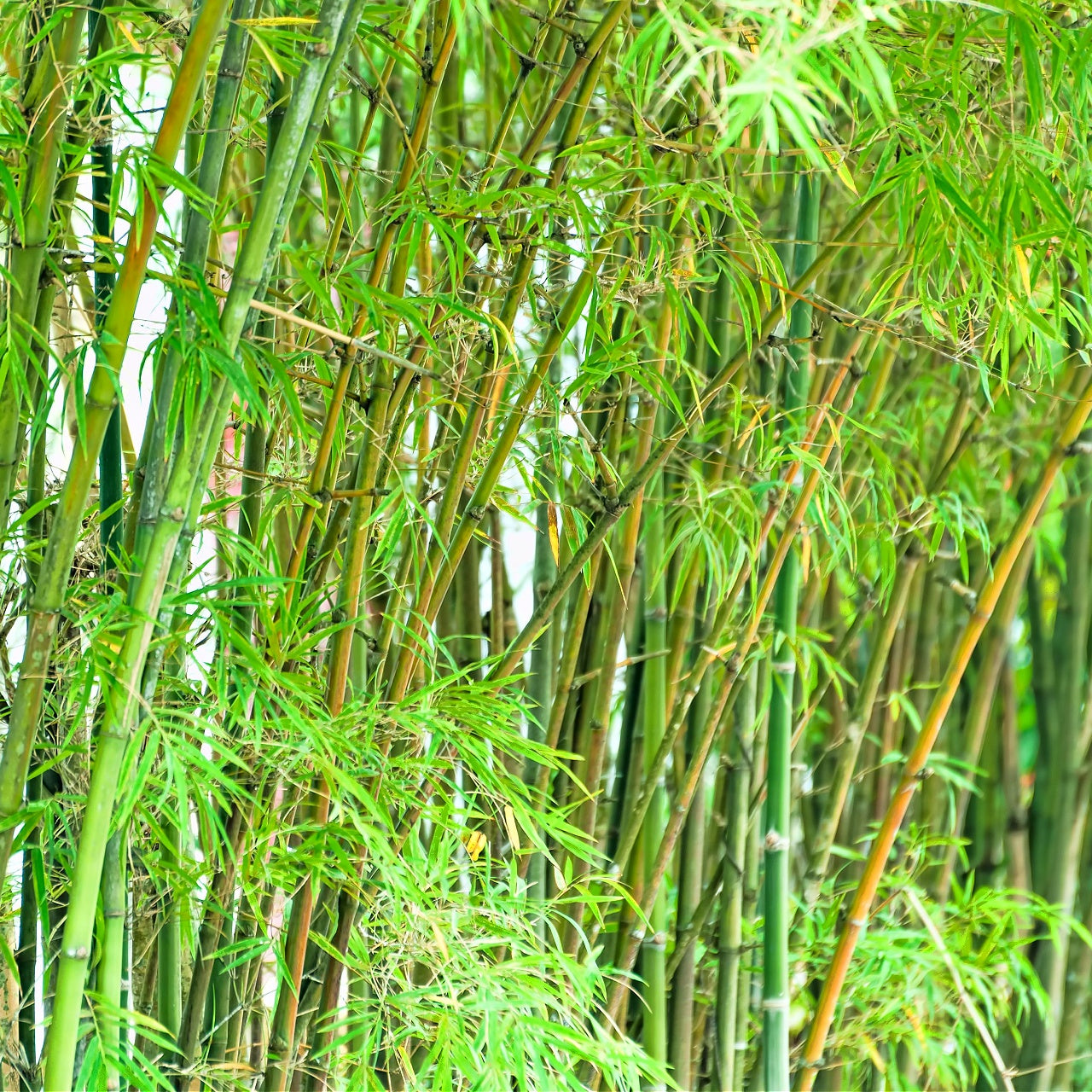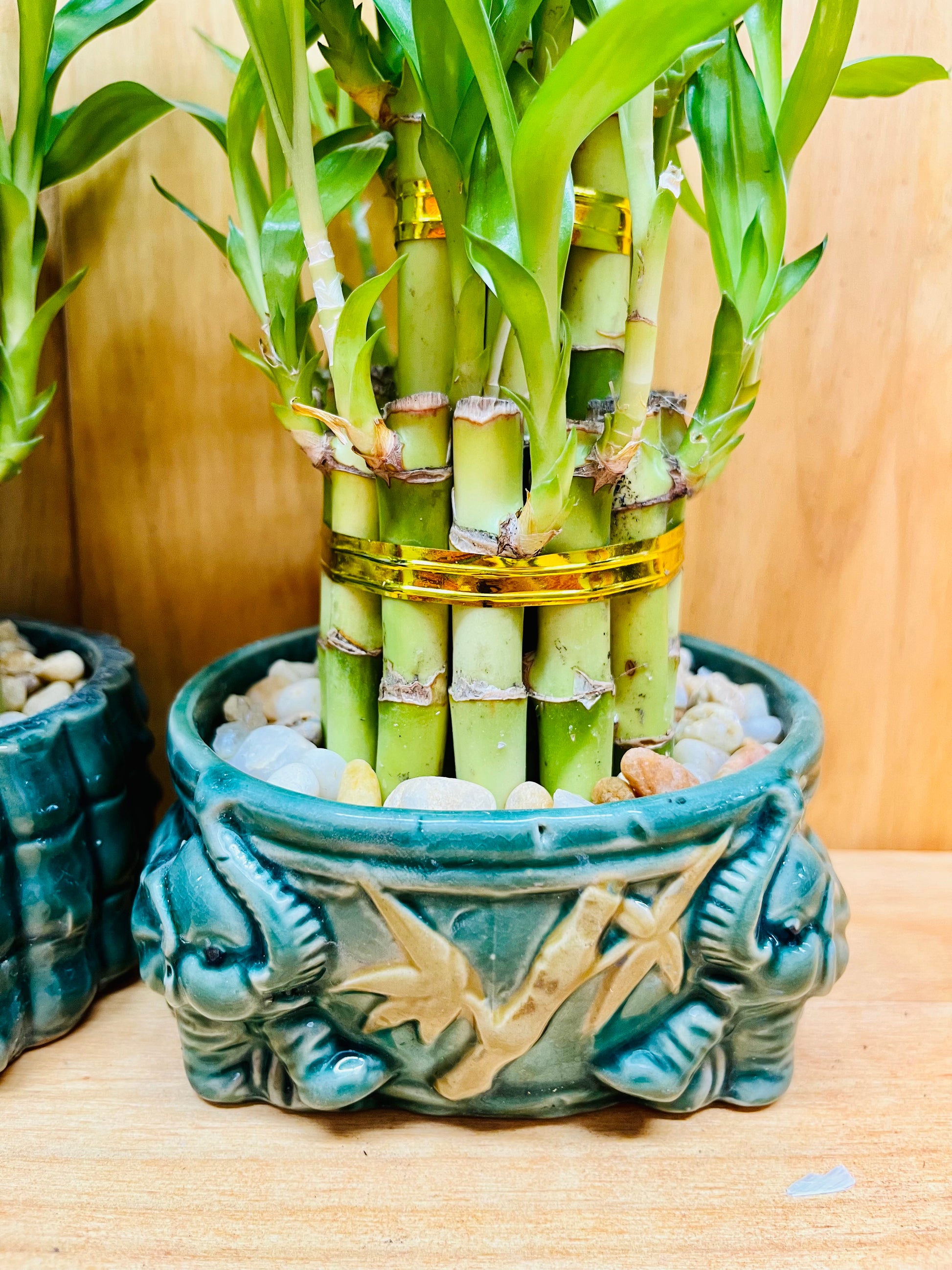The Amazing World of Bamboo
You know bamboo, right? That tall, woody grass that grows like crazy? It’s way more than just something pandas munch on. This plant is actually a powerhouse, and it’s been used by people for centuries for all sorts of things. Think about it – from building houses to making paper, bamboo’s got a serious resume.
One of the coolest things about bamboo is how fast it grows. Seriously, some species can shoot up several feet in just a single day! That makes it a super sustainable resource. Imagine a plant that can regenerate that quickly – it’s pretty amazing when you think about things like deforestation. Because it grows so fast, harvesting bamboo has less of an impact on the environment compared to cutting down slow-growing trees.
There are tons of different types of bamboo out there. We’re talking about over a thousand different species! They come in all shapes and sizes, from little ground covers to giant timber bamboo that can tower over you. Each type has its own unique characteristics and uses. Some are better for building, others for crafting, and some are even edible!

Why Bamboo is So Darn Strong
You might look at bamboo and think, “Okay, it’s tall and kinda woody, but is it really that strong?” The answer is a resounding YES! Bamboo has an incredible strength-to-weight ratio. It’s actually stronger than some types of steel and much more resistant to compression than concrete. That’s why it’s been used for construction in many parts of the world for ages. Think about scaffolding in Asia – a lot of times, it’s made entirely of bamboo, and it can support some serious weight.
The secret to bamboo’s strength lies in its structure. It’s made up of these long, hollow fibers that are arranged in a way that gives it both flexibility and strength. It can bend quite a bit without breaking, which is a huge advantage in areas prone to earthquakes or high winds.
Bamboo’s Many, Many Uses

Seriously, the list of things you can do with bamboo is mind-blowing. Let’s just scratch the surface here:
Construction and Building
As we mentioned, bamboo is a fantastic building material. It’s used for everything from entire houses and bridges to flooring and roofing. It’s lightweight, strong, and relatively inexpensive, making it a great option, especially in developing countries.
Textiles and Fabrics

Believe it or not, bamboo can be turned into fabric! The fibers are processed to create a soft and breathable material that’s used for clothing, towels, and even bedding. Bamboo fabric is also known for its moisture-wicking and antibacterial properties.
Paper and Pulp
Bamboo is a great alternative to wood for making paper and pulp. Because it grows so quickly, it can be harvested more frequently, reducing the pressure on our forests.
Food
Yep, you can eat bamboo! Bamboo shoots are a popular ingredient in many Asian cuisines. They have a slightly sweet and earthy flavor and a crisp texture. Just make sure you cook them properly, as some raw shoots can contain toxins.
Crafts and Furniture
From intricate carvings to sturdy furniture, bamboo is a versatile material for all sorts of crafts. Its natural beauty and strength make it ideal for creating unique and sustainable products.
Medicine
In traditional medicine, different parts of the bamboo plant have been used for their medicinal properties. While more scientific research is needed, bamboo extracts have shown potential for various health benefits.
Bamboo and the Environment
We touched on this earlier, but it’s worth emphasizing: bamboo is a pretty eco-friendly plant. Its rapid growth means it can be harvested sustainably. It also requires relatively little water and no pesticides to grow, which is great for the environment. Plus, bamboo forests can help prevent soil erosion and absorb carbon dioxide from the atmosphere, acting as a natural carbon sink.
Conclusion
Bamboo is truly a remarkable plant. Its incredible growth rate, impressive strength, and diverse uses make it a valuable resource with a bright future. From construction to clothing to even the food on our plates, bamboo plays a significant role in many aspects of our lives, and its sustainability makes it an increasingly important player in our efforts to create a more environmentally friendly world.
Frequently Asked Questions About Bamboo
Is bamboo a tree or a grass?
Actually, bamboo is a type of grass, even though some species can grow as tall and woody as trees. It belongs to the Poaceae grass family.
How fast does bamboo really grow?
Some species of bamboo can grow incredibly fast, with recorded growth of up to 35 inches (almost a meter!) in a single day. The exact growth rate depends on the species and environmental conditions.
Is bamboo a sustainable material?
Yes, bamboo is generally considered a very sustainable material. Its rapid growth and ability to regenerate quickly after harvesting make it a much more environmentally friendly option compared to many traditional resources like timber.
Can you eat all types of bamboo shoots?
No, not all bamboo shoots are edible. Some species produce shoots that contain toxins and must be properly processed (usually by boiling) before they can be safely eaten. It’s important to know which species are safe for consumption.
Where does bamboo primarily grow?
Bamboo Plant
